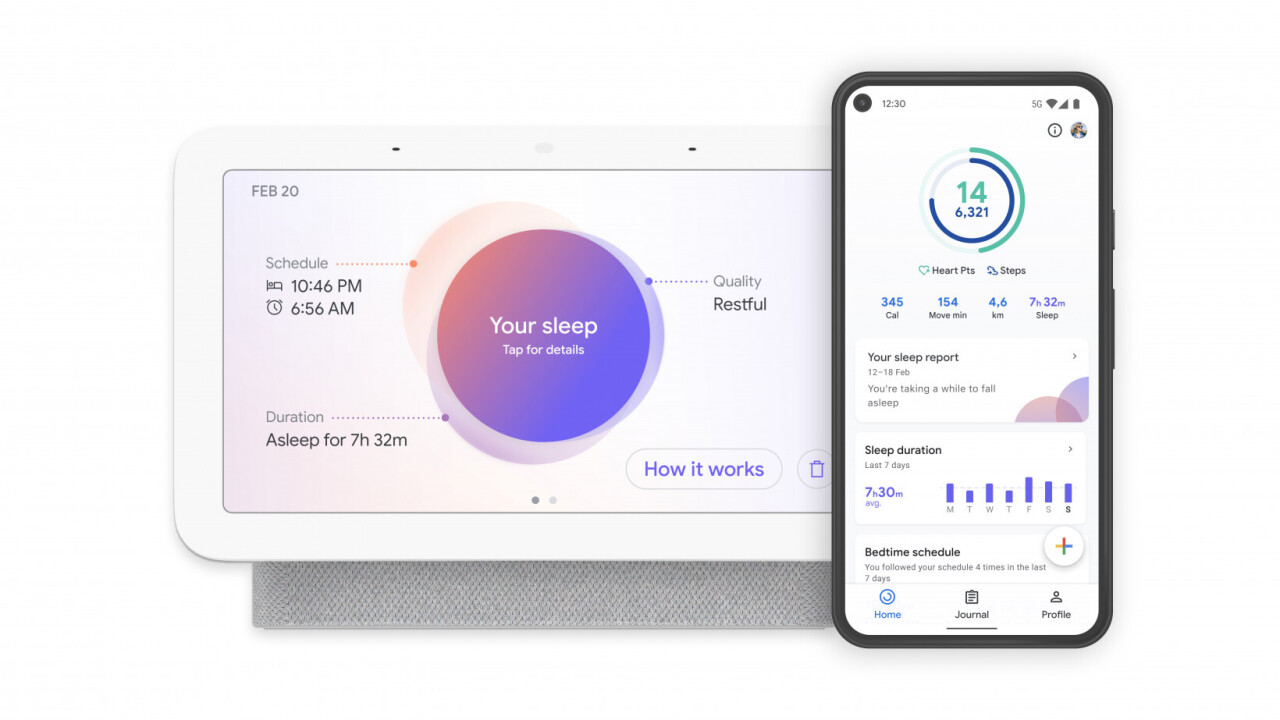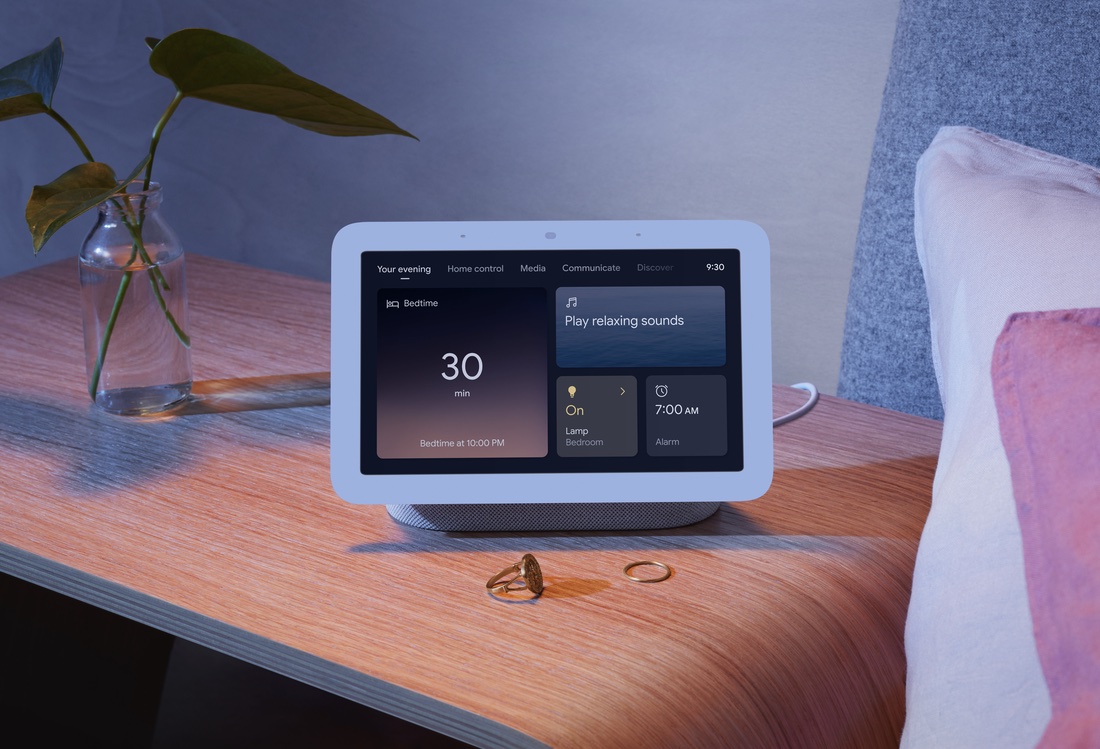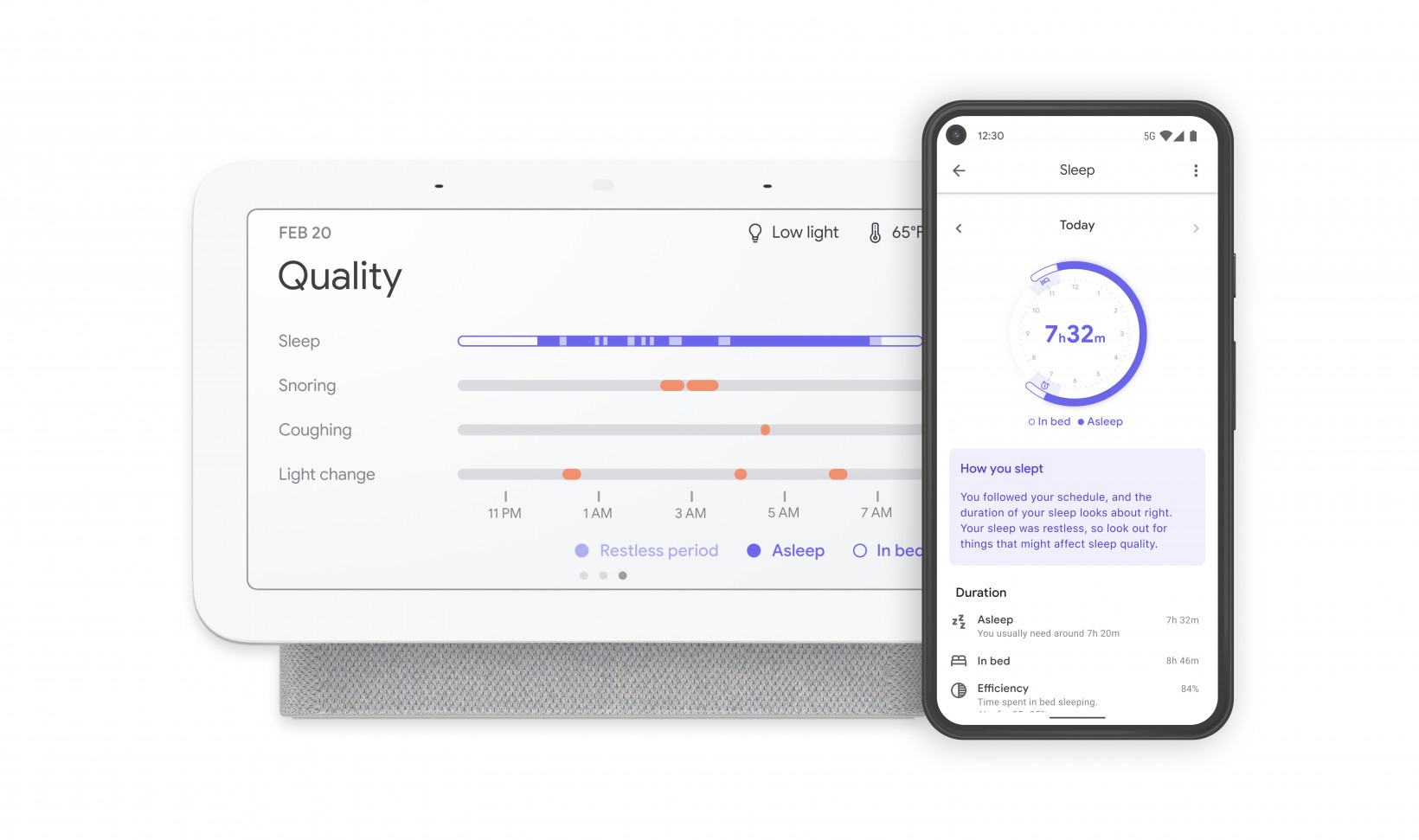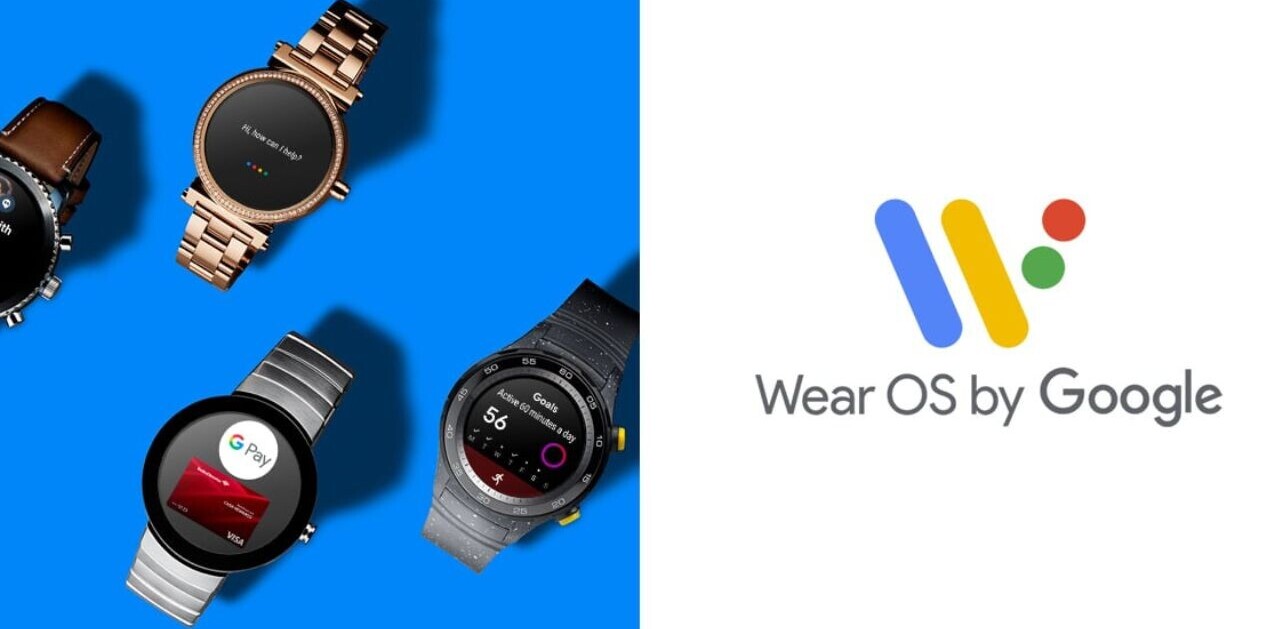
Google is updating its original smart display, the Nest Hub, with an all-new version today. Although it may not look all that different on the outside, it’s a significant update, with improvements to the software, speakers, and processor. But the biggest difference is an altogether new feature: the new Nest Hub can track your sleeping habits via radar.
Yes, you read that right: the Nest Hub is able to track restful sleep through its radar-based Soli technology. After wowing everyone with its initial potential, and then disappointing everyone with its implementation in the Pixel 4, Google hasn’t given up on the futuristic technology.

And if you can get past the idea of Google being able to monitor your movements in bed — a pretty big ‘if’ for some people — the idea is pretty neat.
Google said the idea of implementing sleep tracking came after it saw a huge chunk of users already placed their Nest Hub units next to their beds (as with the previous Nest Hub, this one has no camera). So it thought it could leverage its radar tech to improve sleep tracking without requiring users to wear something to bed.
After an initial calibration, which basically checks for your breathing patterns, the Soli sensor can track the quality of your sleep by analyzing your movements and breathing. Despite not having a camera (thank god), Google says Soli is as good as any commercially available sleep-tracking system out there.
It can also detect sleep disturbances like coughing or snoring, as well as give you advice about how light and temperature changes (there’s a new thermometer onboard) are affecting your sleep.
In the morning, you’ll then receive a sleep summary, which can also be tracked in the Google Fit app to help improve your sleeping habits over time.
Unfortunately, the technology only works for one person, so anyone you share your bed with would need another Nest Hub of their own. However, Google does say it can differentiate between people in the bed — it’ll simply check for whoever is closest.
Sleep tracking aside, there are a few more updates to go around. The Nest Hub now pumps out 50% more bass, and it now comes with a dedicated machine learning chip that allows for more on-device processing and faster responses.

The design has also been tweaked a little, offering a seamless display, removing the small lip that gunk sometimes gets stuck in on my older model. It’s available in Chalk, Charcoal, Sand, and a new Mist colorway, and its plastic mechanical parts are now made with 54% recycled plastic.
The Nest Hub is available starting today for $99.99 from the Google Store and other retailers.
Get the TNW newsletter
Get the most important tech news in your inbox each week.




